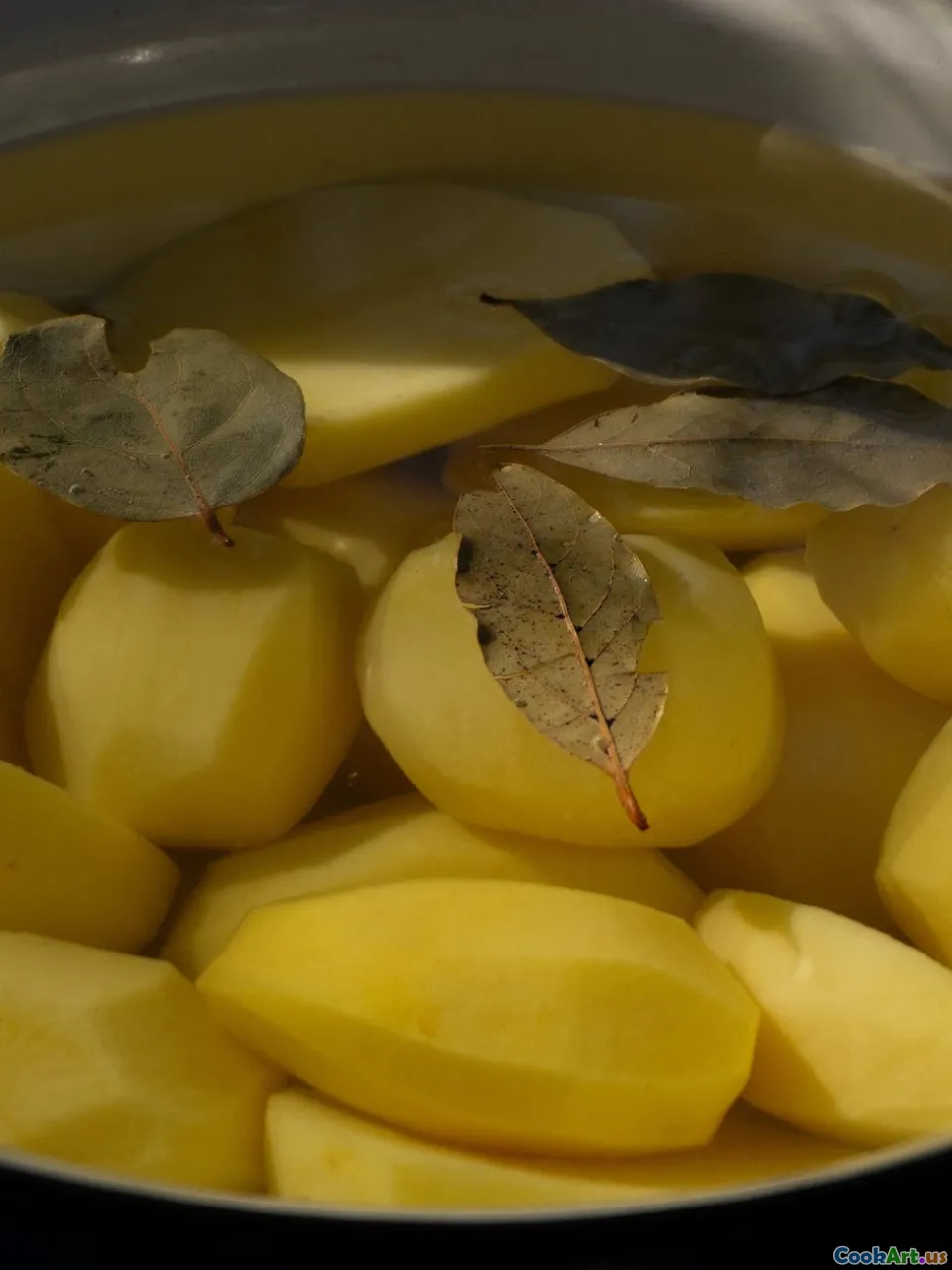Herbs and Spices: Nature's Flavor Enhancers
5 min read Discover how herbs and spices elevate dishes, enhancing flavors and providing cultural significance in cuisines worldwide. April 05, 2025 01:00
Herbs and Spices: Nature's Flavor Enhancers
Herbs and spices have been essential components of culinary traditions across the globe for centuries. They are not just simple additions to recipes; they are nature's powerful flavor enhancers that can transform a dish from mundane to extraordinary. In this article, we will explore the fascinating world of herbs and spices, their historical significance, and how to utilize them effectively in cooking.
The Role of Herbs and Spices in Culinary History
Historical Significance
The journey of herbs and spices begins thousands of years ago. Ancient civilizations, such as the Egyptians and Romans, used them not only for flavor but also for medicinal purposes. Spices like cinnamon and turmeric were once so valuable that they were traded for gold.
Cultural Importance
Different cultures have embraced unique herbs and spices that reflect their environmental conditions and culinary practices. For instance, the use of saffron in Middle Eastern cuisine contrasts sharply with the prevalence of cilantro in Latin American dishes. Understanding these cultural nuances can deepen one's appreciation for global cuisines.
Types of Herbs and Spices
Fresh Herbs
Fresh herbs, such as basil, parsley, and cilantro, play a vital role in enhancing the freshness and aroma of dishes. They are often added at the end of cooking to preserve their vibrant flavors. Here are a few popular fresh herbs and their uses:
- Basil: Common in Italian dishes, pairs well with tomatoes and cheese.
- Cilantro: Essential in Mexican and Indian cuisines, adds a fresh, citrusy note.
- Thyme: Versatile, can be used in meats, soups, and stews for earthy flavor.
Dried Herbs
Dried herbs, while less vibrant than their fresh counterparts, offer concentrated flavors that can enhance a dish's complexity. They are often used in long-cooking dishes like stews and sauces. Here are some commonly used dried herbs:
- Oregano: Essential in Mediterranean cooking, particularly in pizza and pasta sauces.
- Rosemary: Pairs well with roasted meats and vegetables, known for its pine-like aroma.
- Sage: A strong, earthy herb that works well in rich dishes, especially those with pork.
Spices
Spices are derived from various parts of plants, including seeds, roots, and bark. They are often ground into powders or used whole. Some notable spices include:
- Cumin: A staple in Middle Eastern and Indian cuisines, adds a warm, earthy flavor.
- Paprika: Ranges from sweet to spicy, commonly used in Spanish dishes.
- Black Pepper: Known as the king of spices, enhances nearly every savory dish.
Flavor Pairing and Techniques
Understanding how to pair herbs and spices can elevate your cooking. Here are some tips:
- Complementary Flavors: Pair herbs and spices that enhance each other, like rosemary and garlic with roasted potatoes.
- Layering Flavors: Use herbs and spices at different stages of cooking. For example, add dried herbs early in a stew but finish with fresh herbs before serving.
- Experimentation: Don’t be afraid to experiment. Try unusual combinations, such as cinnamon in savory dishes or chili powder in chocolate desserts.
Conclusion
Herbs and spices are not merely flavor enhancers; they are the soul of culinary traditions worldwide. By understanding their history, types, and optimal usage, you can unlock a world of flavors in your cooking. Embrace the diverse range of herbs and spices available, and let them inspire your culinary creations. Whether you are making a simple dish or a complex feast, remember that nature's flavor enhancers are at your fingertips, ready to transform your meals into extraordinary experiences.









